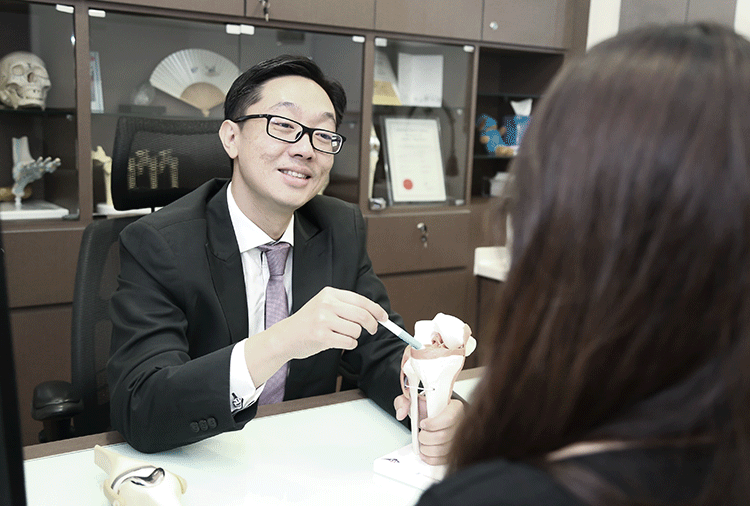What Is Plantar Fasciitis, And Why Is Treatment Important?
What Are The Causes And Risk Factors Of Plantar Fasciitis?
Several factors can contribute to the development of plantar fasciitis. These include:
Overuse or excessive strain – Activities that involve repetitive impact on the feet, such as running, dancing, or standing for long periods, can strain the plantar fascia, leading to inflammation and pain.
Foot mechanics – Flat feet, high arches, or abnormal walking patterns can put additional stress on the plantar fascia, increasing the risk of injury.
Obesity – Excess weight can increase pressure on the plantar fascia, contributing to inflammation and pain.
Age – Plantar fasciitis is more common in middle-aged adults, although it can occur at any age.
Improper footwear – Wearing shoes with inadequate support or cushioning can strain the plantar fascia and aggravate symptoms.
What Are The Common Symptoms Of Plantar Fasciitis?
Pain – Sharp or stabbing pain in the bottom of the heel or along the arch of the foot, particularly after physical activity.
Stiffness – Difficulty flexing the foot or toes, especially in the morning or after periods of inactivity.
Tenderness – Increased sensitivity or discomfort when touching or applying pressure to the affected area.
Swelling – Inflammation or swelling in the heel or arch of the foot, particularly after prolonged standing or physical activity.
How Is Plantar Fasciitis Diagnosed?
Medical History
Physical Examination
Imaging Tests
Differential Diagnosis
What Are The Plantar Fasciitis Treatment Options?
Rest and Activity Modification
Stretching Exercises
Orthotic Devices
Ice Therapy
Nonsteroidal Anti-Inflammatory Drugs (NSAIDs)
Physical Therapy
Night Splints
Corticosteroid Injections
Extracorporeal Shock Wave Therapy (ESWT)
Surgery
Recovery and Prevention Strategies for Plantar Fasciitis
For Recovery:
- Adhere to your doctor’s treatment plan, which includes rest, stretching exercises, and other recommended therapies.
- Gradually reintroduce activities such as walking, running, or standing for prolonged periods, taking care not to overexert the affected foot.
- Pay attention to any changes in symptoms or discomfort during recovery, and communicate with your doctor if the pain persists or worsens.
- Wear supportive footwear with cushioned insoles and arch supports to provide ongoing stability and reduce stress on the plantar fascia.
- Maintain a regular stretching and strengthening routine to improve flexibility, mobility, and muscle strength in the foot and calf muscles.
- Use ice packs or frozen water bottles to reduce inflammation and alleviate pain as needed, especially after physical activity or at the onset of symptoms.
- If overweight or obese, strive to achieve and maintain a healthy weight to reduce pressure on the feet and minimise the risk of recurrence.
- Wear supportive, well-fitted shoes with adequate cushioning and arch support for daily activities, exercise, and sports.
For Prevention:
- Always warm up before engaging in physical activity and cool down afterward to prevent muscle tightness and strain on the plantar fascia.
- Gradually increase the intensity, duration, and frequency of exercise to avoid overloading the feet and lower limbs.
- Practice good foot hygiene, including keeping feet clean, dry, and well-moisturized and trimming toenails regularly to prevent ingrown or other foot problems.
- Invest in supportive footwear appropriate for your foot type and activity level, replacing worn-out shoes as needed.
- Incorporate daily stretching exercises targeting the calf muscles, Achilles tendon, and plantar fascia to maintain flexibility and prevent tightness.
- Engage in various low-impact activities such as swimming, cycling, or yoga to reduce repetitive stress on the feet and lower limbs.
- Pay attention to any early signs of discomfort or pain in the feet and take appropriate measures to address them promptly, such as adjusting footwear or modifying activities.






